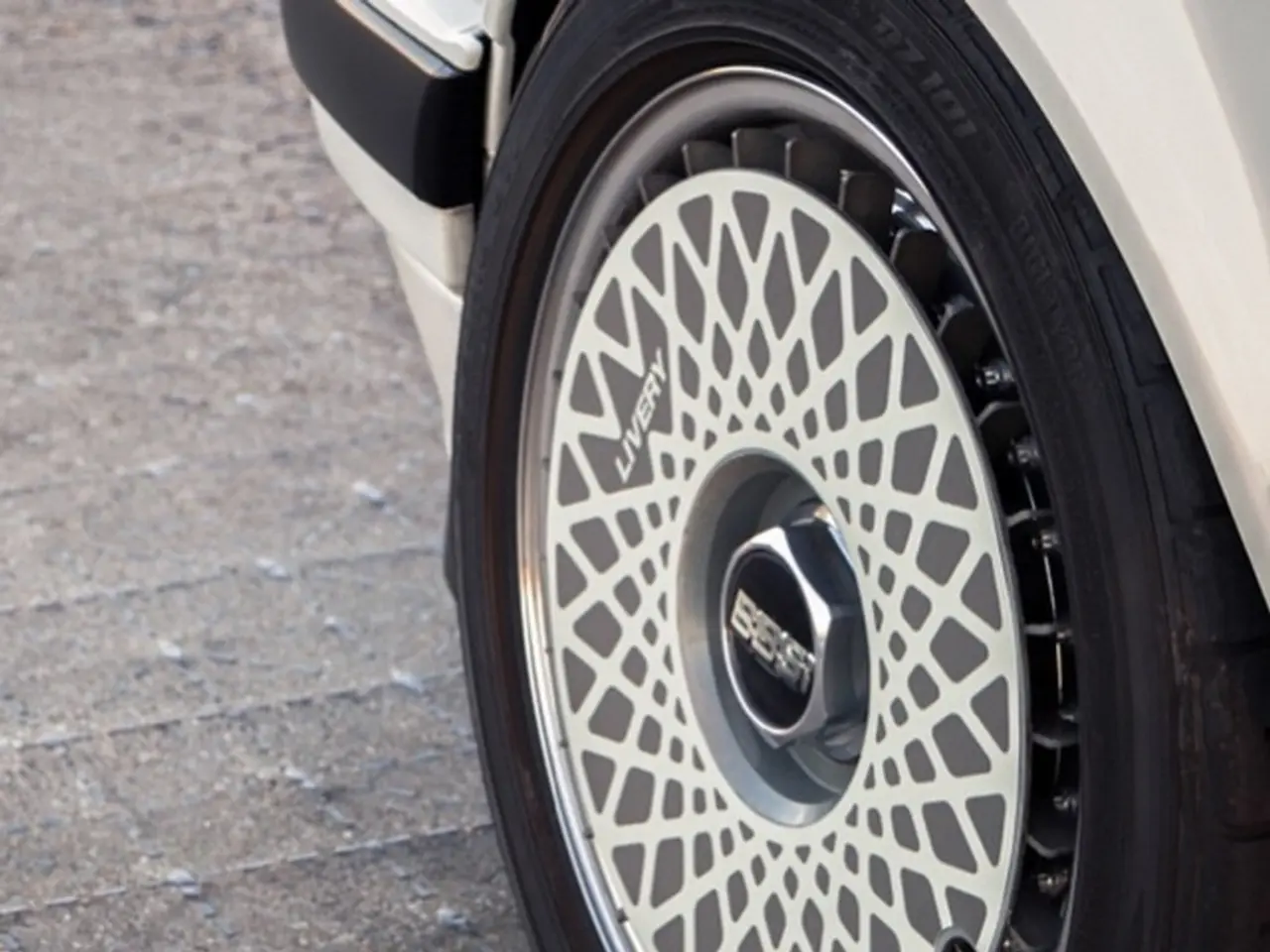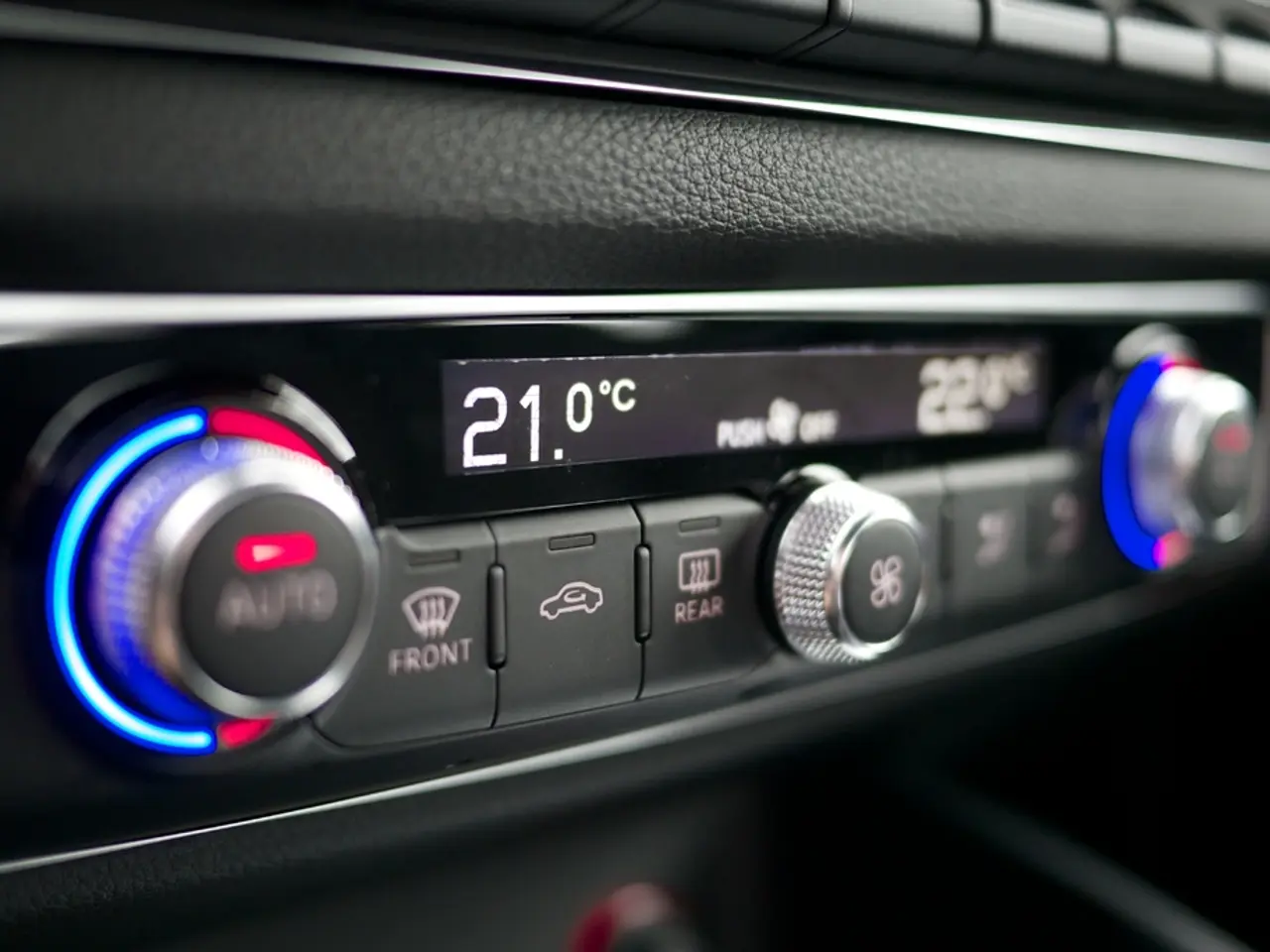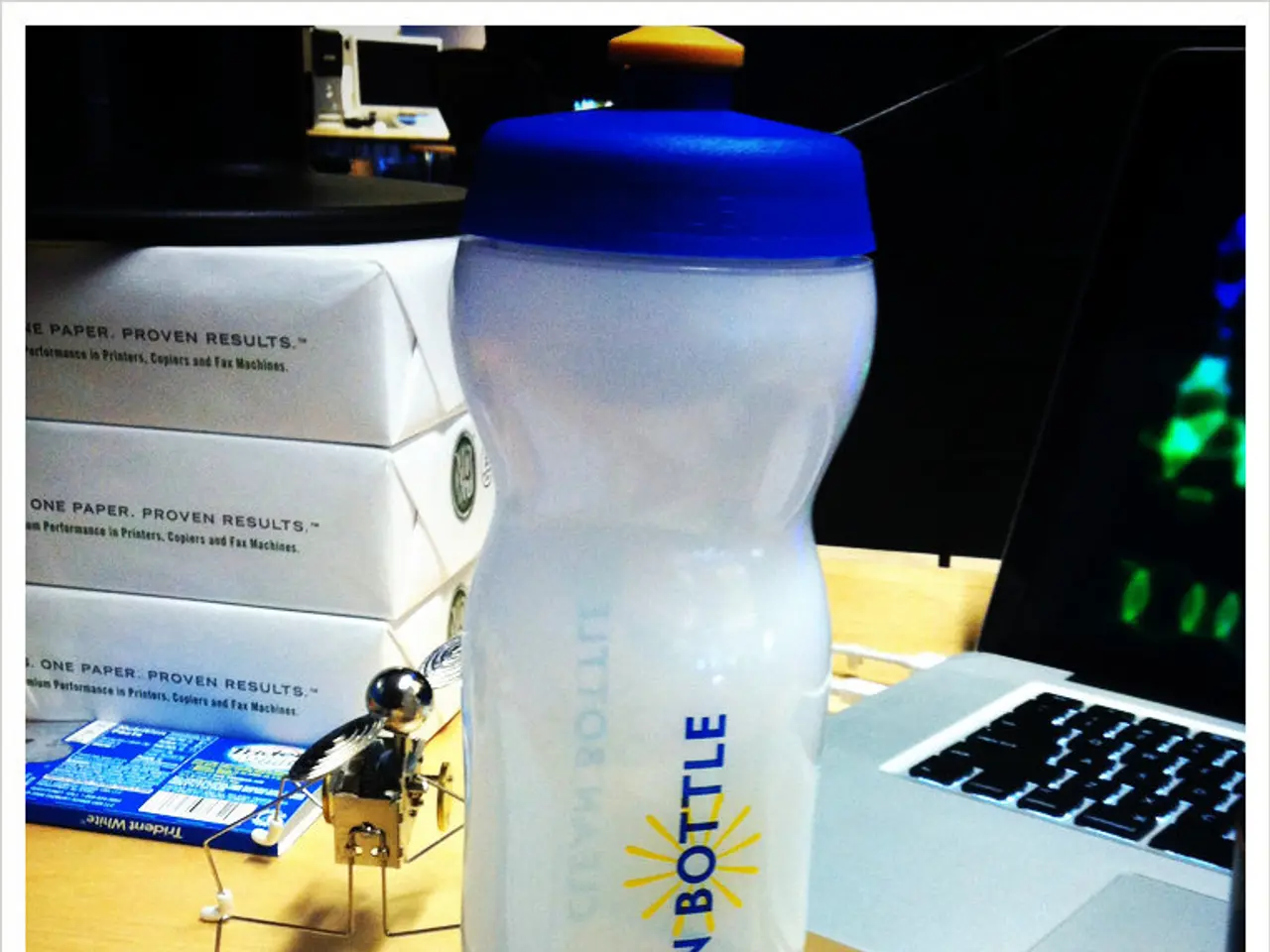The Use of Flexible Printed Circuit Boards (Flex PCBs) in Medical Gadgets and Wearables
======================================================================
The demand for fitness wearables and medical devices is set to increase in the coming years, and a key component that plays a crucial role in their development is flexible printed circuit boards (flex PCBs).
Flex PCBs offer several advantages that make them ideal for medical devices and wearables. One of the primary benefits is their conformability and space efficiency. Flexible PCBs can bend, fold, and conform to irregular shapes and tight spaces within compact medical devices and wearables. This allows devices to be smaller, ergonomically shaped, and more comfortable to wear, optimizing limited internal volume.
Another advantage is their lightweight and thin profile. Flex PCBs are thinner and lighter compared to rigid boards, which reduces the overall device weight and thickness. This directly improves user comfort and the portability of wearables and medical implants.
Flexible PCBs also demonstrate durability under dynamic movement. They endure repeated bending and twisting without damage, essential for wearables that conform and flex with body movement and for medical devices subject to mechanical stress during use or implantation.
The integration of rigid and flexible areas into a single flex PCB reduces or eliminates the need for bulky connectors and extensive wiring. This decreases assembly time, system complexity, and potential points of failure, also improving reliability.
Medical flexible PCBs are designed to withstand repeated sterilization processes without degradation, making them ideal for reusable or implantable medical devices. They also enable careful impedance control and minimize wiring, which reduces signal loss and electromagnetic interference. This is critical for precision medical sensors and wearable electronics that require reliable high-speed data transmission.
Flexible PCBs can be formed in complex shapes in three dimensions with branches to multiple connectors, which is impossible with rigid PCBs. This allows engineers to mount electronic components like microphones, batteries, and cameras in a compact package suitable for wearables and medical devices.
Flexible circuits address challenges faced by PCB manufacturers, allowing them to produce smaller devices. Sharp trace corners should be avoided on flex circuits, with curved traces recommended for direction changes. In dynamic applications, anchors or spurs can help stabilize the outer layer of flex sections to prevent delamination.
Sierra Circuits offers flexible printed circuit board services including flexible prototypes, high-tech quick turn flex PCBs, and HDI for flex. They offer single-layer, double-layer, rigid-flex, multilayer, and HDI flex PCBs.
In summary, flexible PCBs provide ergonomic design freedom, mechanical resilience, weight and size reduction, sterilization durability, simplified reliable assembly, and improved electrical performance. These advantages are highly beneficial in the demanding design constraints of medical devices and wearables.
Controlled impedance in flexible printed circuit boards (flex PCBs) is crucial for managing signal loss and electromagnetic interference, which is essential for precision medical sensors and wearable electronics that require reliable high-speed data transmission. Wearables and gadgets, including fitness wearables and medical devices, will benefit significantly from the integration of advanced technology like flex PCBs, as they offer benefits like ergonomic design freedom, mechanical resilience, weight and size reduction, and simplified reliable assembly.




